Xinde Marine News
Norsepower Q&A
To be attributed to: Tuomas Riski, CEO, Norsepower
1. Xinde Marine News :In the 1920s, rotor sails had been tested a few times, however, as the weight was really high, the application of this invention was delayed. Now, would the weight of rotor sails be an obstacle still?
Tuomas Riski :In Flettner’s times, oil was cheap and reducing emissions was not a priority for shipping, which is why there was no demand for fuel saving and emissions reduction technology. Flettner’s actual challenges were related to automation systems and weight/ balancing of the rotating part of the Rotor Sail, which we have both resolved with our design.
I worked with the famous naval architect, Professor, Dr. H.C Kai Levander from Finland, to bring a modernised Flettner rotor to the market, founding Norsepower in late 2012. We took the concept of the old Flettner rotor, which was first devised by Finnish inventor and architect Sigurd Savonius and German engineer Anton Flettner in the 1920s and modernised it. The main innovations were developing modern automation systems and lightweight composite materials to enable a fully automated, strong, robust and low maintenance solution. Rotor Sails are a viable and effective solution to reduce emissions, and fuel consumption today, as proven by the current installations.
2. Xinde Marine News :You have installed rotor sails on dry bulker, product carrier and ferries, would you like to introduce the similarities and differences among them? And I want to know if it can be installed on LNG carriers? Have you have tested that?
Tuomas Riski :We have completed installations of a total of thirteen Rotor Sail units across six different ships. The variety of vessels spans from a hybrid ferry to a VLOC.
As with any major vessel retrofit, each project involves extensive analysis and planning to ensure the installation is as efficient as possible. The Rotor Sails operate in demanding environmental conditions, with variable wind, salinity and temperatures, but these are all known variable factors that have been considered ahead of installation. In each individual project, any challenges are identified early on with in-depth analysis. Each vessel is analysed to ensure the Rotor Sails provide optimal fuel and emissions savings, while also taking into account the operational profile of the vessel and its route.
One recent project was the installation of two 35m tall and 5m wide Rotor Sails on a Ro-Ro vessel, SC Connector, in tandem with leading logistics provider in the North Sea market, Sea-Cargo. This is the first time the Rotor Sails have been designed to tilt to almost horizontal – a necessity for the SC Connector due to the height restriction on its key routes. We make incremental design changes to our design and ensure the right size Rotor Sail is fitted to the vessel, in the right location, and the right number are fitted.
We have not yet installed a Rotor Sail on an LNG carrier, however this is entirely possible and we have related positive dialogues with several companies. Depending on the individual vessel’s deck space, the positioning, sizes and tiltability of the Rotor Sails would need to be considered, but it would be possible to install Rotor Sails onboard.
Bulker vessels typically need tilting Rotor Sails to enable cargo handling, tankers need EX-compatible Rotor Sails to comply with ATEX requirements, and passenger ships need Rotor Sails which are compatible with comfort class requirements. The Norsepower Rotor Sail solution is compatible with all these requirements and we continue to make adjustments and design improvements to continue supporting the entire shipping industry.
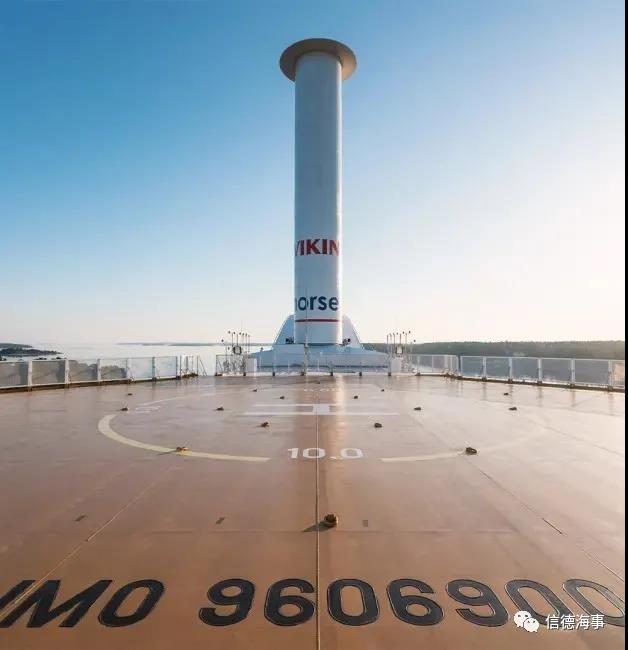 3. Xinde Marine News :Can you make an evaluation about retractable rigid sails and tilting rotors, such as what advantages they have; what special character each have et al.
3. Xinde Marine News :Can you make an evaluation about retractable rigid sails and tilting rotors, such as what advantages they have; what special character each have et al.
Tuomas Riski :We have added different sizes to the Rotor Sail portfolio, offering five different model sizes to ensure the optimal dimensions for different vessel types and applications. Additionally, to enable installation onboard vessels that have air draft limitations (due to cargo handling or bridges), we have developed a tilting system that you mention, which can be used to lower the Rotor Sails to a horizontal position. To reach the same thrust performance, because of different aerodynamic properties, any other type of sails, such as retractable rigid sails, need to be considerably bigger than Norsepower’s Rotor Sails.
We continue to make important design improvements, which combined will improve its efficiency and success. The key limitations are the technical and economic aspects of manufacturing and transportation process as bigger units often provide better results and performance but transporting this huge technology remains a challenge in itself.
As vessel operators and charterers strive to decarbonise, the value of wind propulsion for both a retrofit and newbuild vessels is undeniable. The Rotor Sails can reduce a vessel’s Energy Efficiency Design Index (EEDI) and future-proof vessels against impending IMO Greenhouse Gas regulations as well as against inevitable fuel price increases as new fuels enter the market.
4. Xinde Marine News :You had said that ‘Sea Zhoushan’ can save $0.5m-$1m per annual, which is really attractive, but what factors impact the fuel saving? What does it depend on? How can I know whether $0.5m or $1m I can gain? On the other hand, if we calculate with $0.5m fuel saving per annual and the cost of rotor sails on such a vessel is $4m, the Payback period can be as long as 8 years, it is really a long time, isn’t it? Would you like to make some advice to ship owners and charterers who had or not invested this technology?
Tuomas Riski :Calculating the annual savings will depend on a vessel’s route, service speed, the average wind conditions on the route, the number of rotor sails, the fuel prices and the annual sailing hours of the vessel. Fluctuations in the fuel prices and forthcoming prices on CO2 emissions will change the savings dramatically.
The payback time also relates to fuel prices which have been extended with typical fuel prices of recent years, but the payback range is, today, usually between three to nine years. The payback depends on the properties of the ship, the vessel’s route and the wind conditions, so it varies in each case. Nine years is a long time, but we anticipate that this will be lowered considerably in the future because of increasing energy prices, inclusion of CO2 emissions pricing and increasing delivery volumes and lowering prices of Rotor Sails. In addition, when properly maintained, a Rotor Sail can be used for more than 20 years, which can also justify longer 9-year payback of the original investment.
We have also developed an alternative Opex ‘pay-as-you-save’ model whereby upfront investment is minimised as part of a service agreement. Monthly payments are then deduced factoring in the fuel savings achieved by the Rotor Sails – removing any prohibitive Capex barriers to entry.
5. Xinde Marine News :You have mentioned that the North Sea is fit for applying this rotor sails, would you like to introduce briefly that in which geographic condition is better to operate?
Tuomas Riski :All ocean routes provide good performance results for Rotor Sails. The best routes globally are located on Northern Atlantic and Northern Pacific. Installing Rotor Sails is particularly attractive for ships operating in the North Sea due to the high winds, and therefore the far higher emissions and fuel savings being achieved by the Rotor Sails. Bore’s M/V Estraden operates in the North Sea between the Netherlands and the UK. Sea-Cargo’s SC Connector also operates in the North Sea and the Scandlines M/V Copenhagen travels between Rostock, Germany, Gedser, and Denmark. Some vessels are achieving emissions savings of 25% when on predicted routes, such as the ferry operators.
6. Xinde Marine News :Would you like to introduce the process of installing such a big thing on a ship to owners and our readers?
Tuomas Riski :We start our process with familiarisation of the vessel and fleet, the sailing schedule, time at sea ratio, geographical operation areas in terms of location, wind direction, and speed. Based on our knowledge and the wind data, we can provide our recommendations for the potential vessel and route selection. We then carry out a case study for the selected vessel with Rotor Sail(s) installed and provide an estimation for the fuel savings, emission reduction, and the payback time.
In practical terms, foundations are used to mount Rotor Sails to the ship´s deck. The foundation transfers the loads produced by a Rotor Sail to the ship´s hull, this can happen for retrofits, or as part of the newbuild process and installation of the foundation is done during a normal dry-docking and can take as little as a week to install.
If necessary, part of the works can also be conducted onboard, during sailing. Automation system components (sensors, control, and monitoring panels) as well as the power and automation system cabling, are most convenient to install while the ship is at the maintenance dock. If the maintenance docking period is short, a part of this work can also be done while the ship is in operation.
The mechanical installation of the Rotor Sail itself can happen very swiftly and even sometimes be done during a normal port call. Typical installation time is 6 to 12 hours per Rotor Sail.
7. Xinde Marine News :When I translate the articles, one question always stream into my mind that What is the concept of the size of project? Does it point to the number of rotor sails on a vessel? Is the size of project and the ability of saving fuel in proportion? How can I know how many rotor sails my vessel can install most?
Tuomas Riski :The number of Rotor Sails installed onboard really depends on the operational profile of the vessel. Some vessels have limited deck space, others will benefit from far more Rotor Sails onboard in specific positions to achieve the desired savings. It all relates to the specific analysis we conduct at the outset of the project.
8. Xinde Marine News :How much wind power can it harness and provide?
Tuomas Riski :Rotor Sails provide an opportunity for the shipping industry to make great strides in meeting its 2030 and 2050 Greenhouse gas (GHG) emissions targets; not only improving environmental performance, but slashing fuel costs too. Data from vessels where Rotor Sails are deployed, measured and independently verified by leading maritime data analyst companies, indicate that up to 20% of fuel and emissions savings per year (on routes with favourable wind flows, enough Rotors, appropriate service speed, etc.) can be achieved.
Norsepower is currently opening up a production facility in China to serve the Asian market. Asia is a growing market for the technology, and the source for most of the company’s orders on new ship builds. If all feasible ships that could be fitted with rotor sails were fitted with them, we could reduce the global annual carbon emissions from shipping by roughly 80 megatons of carbon.

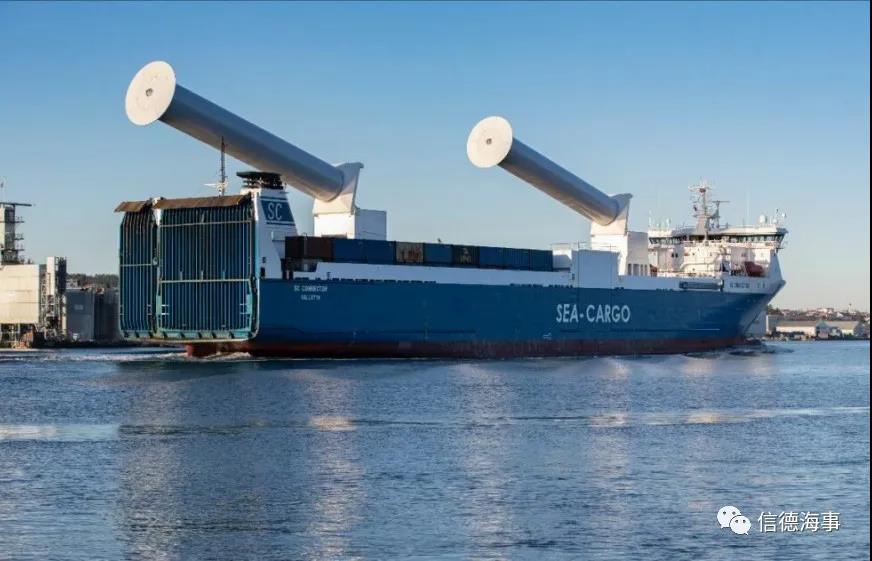

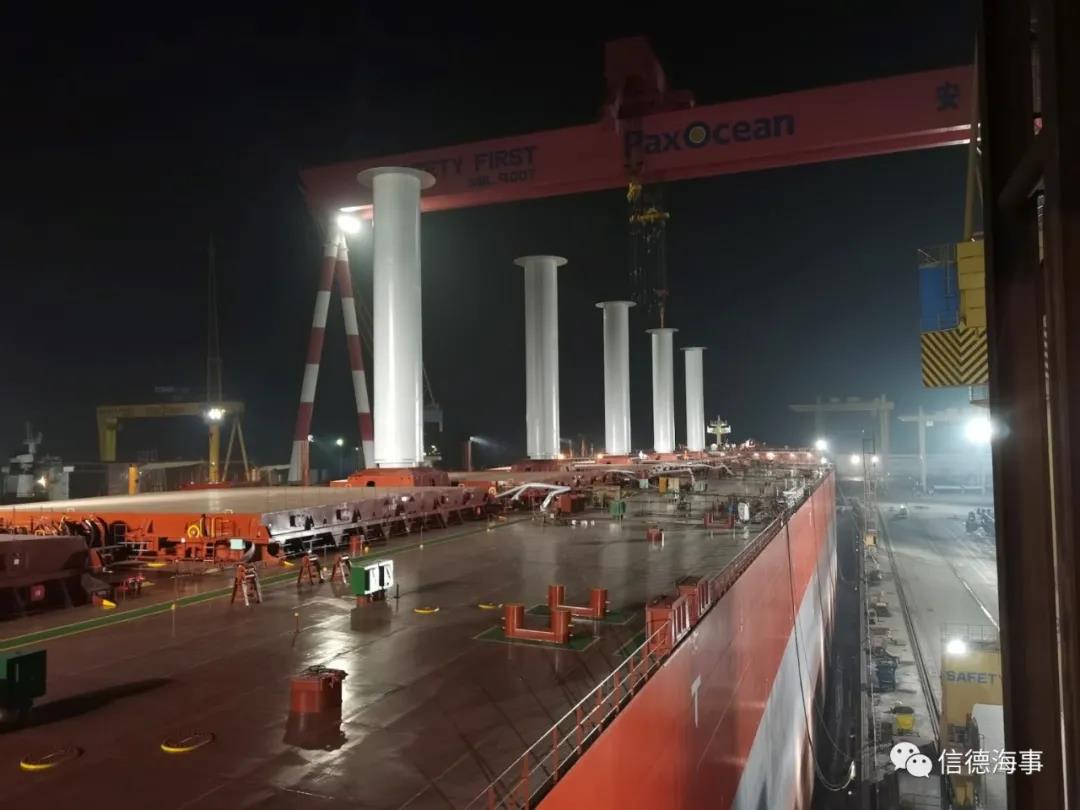
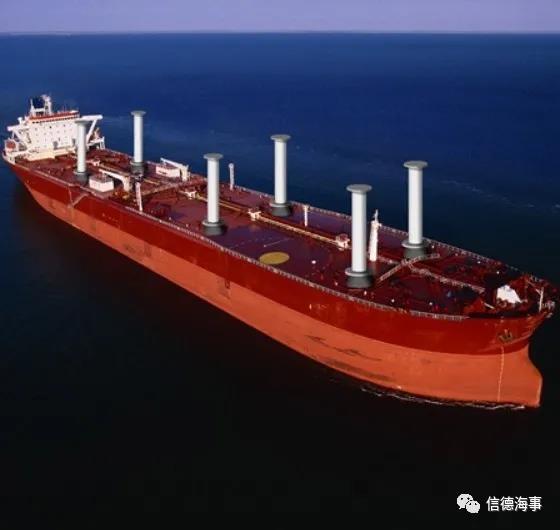
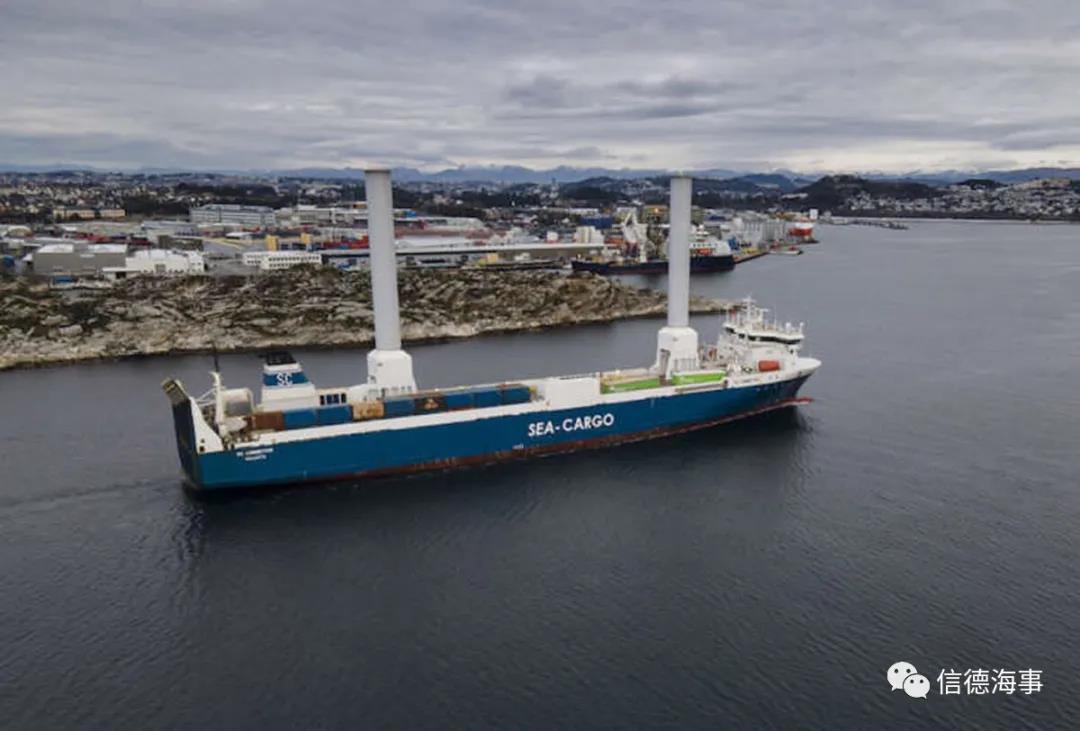
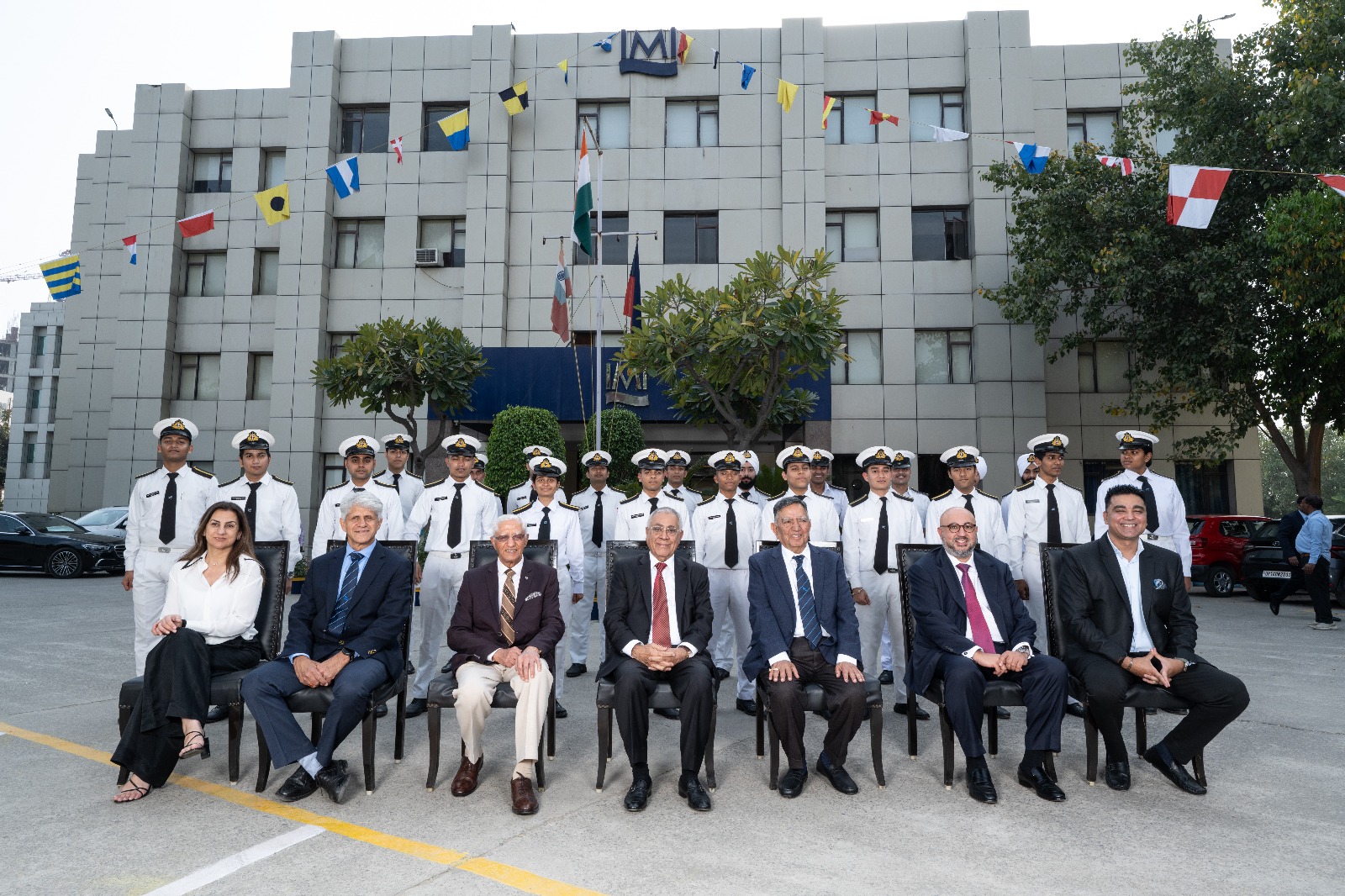 Dr. Harry S. Banga and Mr. Angad Banga of The Carav
Dr. Harry S. Banga and Mr. Angad Banga of The Carav  Liberian Registry Welcomes Kyle Hurst as Senior Vic
Liberian Registry Welcomes Kyle Hurst as Senior Vic 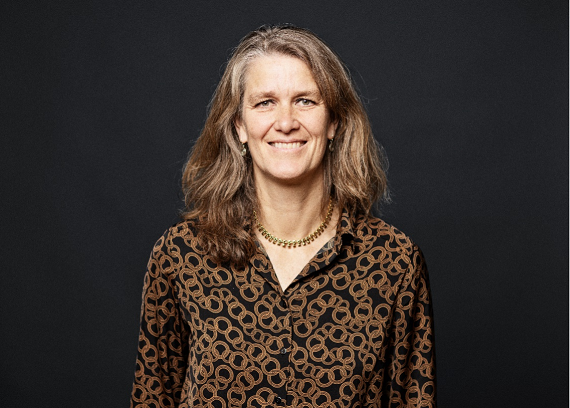 KATALIST: Accelerating Green Shipping through Innov
KATALIST: Accelerating Green Shipping through Innov  Revealing the risks: digital solutions for complian
Revealing the risks: digital solutions for complian 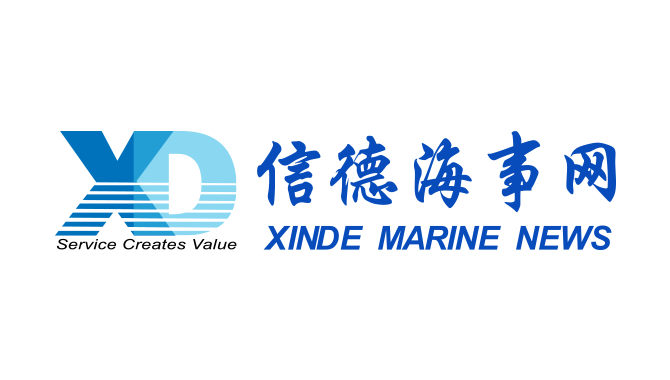 Beibu Gulf Port Chairman Zhou Shaobo Passes Away at
Beibu Gulf Port Chairman Zhou Shaobo Passes Away at 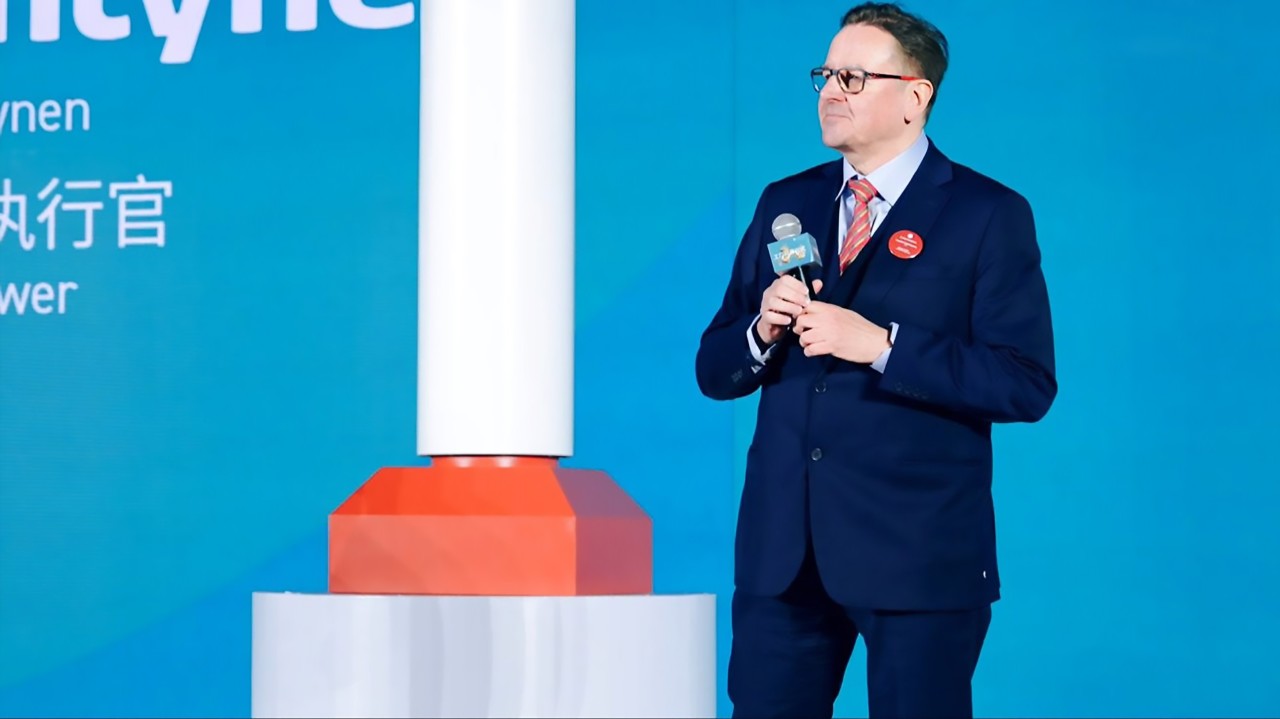 Exclusive Interview with Norsepower CEO: Bringing S
Exclusive Interview with Norsepower CEO: Bringing S